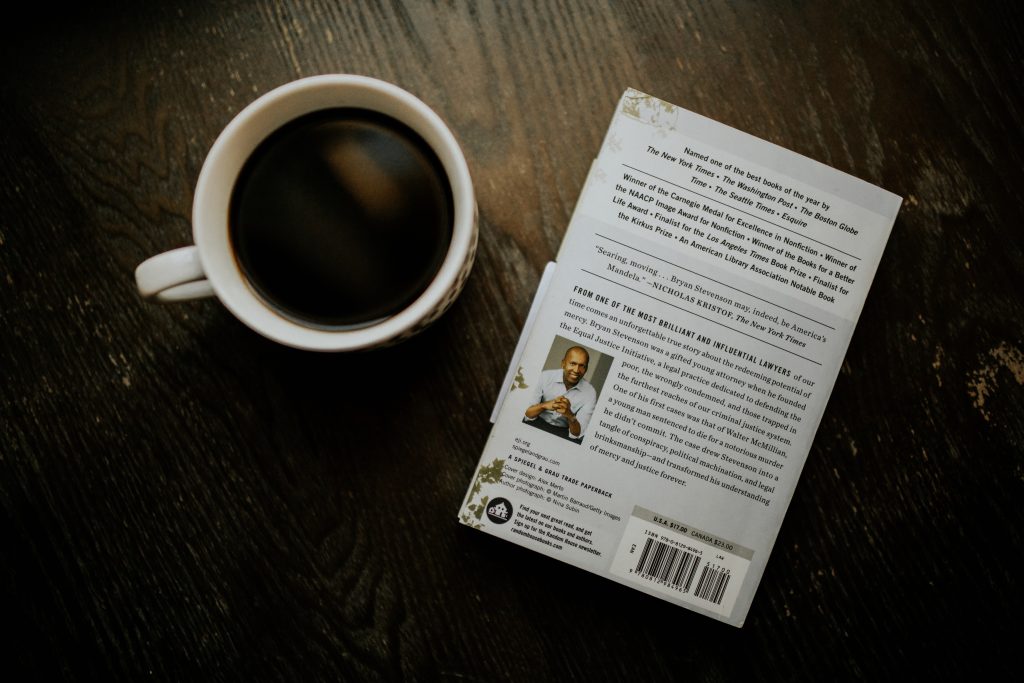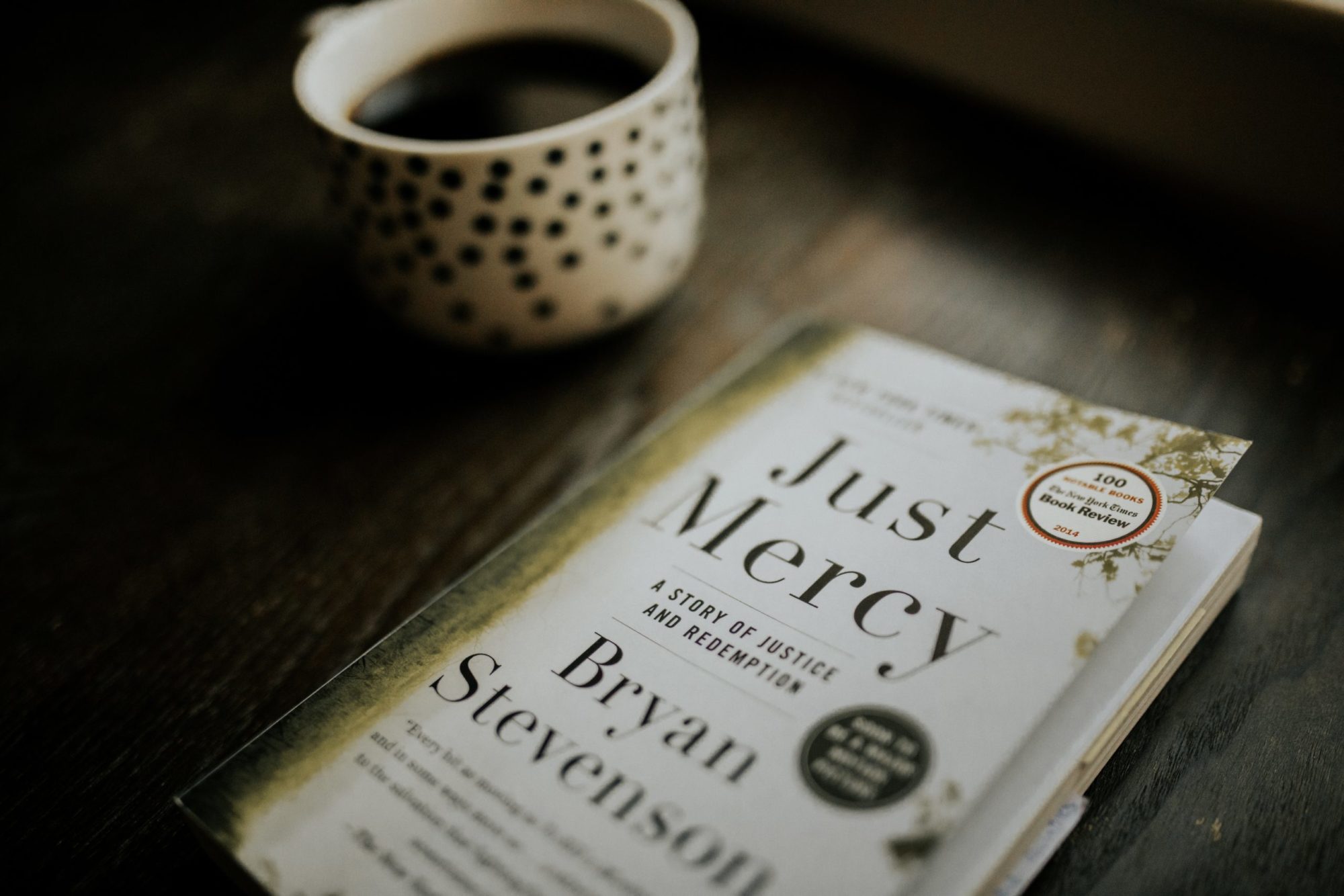You’ve probably heard about the movie Just Mercy, which tells the true story of attorney Bryan Stevenson’s fight to prove the innocence of condemned inmate Walter McMillian.
I just read the book that the movie is based on and learned so much about mass incarceration and corruption in the criminal justice system. Stevenson tells the story of his work to free McMillian, who was wrongly convicted of murder and sentenced to death. This narrative is combined with vignettes about other clients that Stevenson worked with and description of the overarching problems that plague the American criminal justice system. This combination of narrative and description provides a holistic picture of mass incarceration and those it affects. I admittedly knew very little about this topic before reading Just Mercy. Below are the four main things that I learned.
Certain groups are disproportionately affected by mass incarceration
Stevenson describes how African Americans, the poor, the mentally ill, youth, veterans and other groups suffer in large numbers from mass incarceration. For example, over 50 percent of US inmates have a diagnosed mental illness. The most vulnerable in our society are especially susceptible to mass incarceration.
Mass incarceration is a recent and current phenomenon
Stevenson describes how drug policies in the 1980’s, deinstitutionalization of the mentally ill and other factors have contributed to the huge increase in the incarcerated population over the past half-century. While racial injustice has always been an American problem, mass incarceration is modern. Stevenson describes mass incarceration as the last of four institutions that have shaped America’s approach to race and justice. The other three institutions are slavery, domestic terror and convict leasing from Reconstruction to World War II, and the Jim Crow era.
The road to justice is (really) long
While reading Just Mercy, I was continually reminded of Martin Luther King, Jr.’s quote, “The arc of the moral universe is long, but it bends toward justice.” Stevenson often worked for years to free a client, spending hundreds of hours on one case. This isn’t the flashy, feel-good, efficient altruistic work that one feels comfortable reading about. Rather, it was incredibly uncomfortable to read about the hurdles that Stevenson faced to free McMillian. However, through a lifetime of this work at the Equal Justice Initiative (EJI), Stevenson has won relief for hundreds of people who were wrongly convicted or unfairly sentenced.
Justice is not the only approach to the problem
Because the problem of mass incarceration can be traced back to racial inequality, misguided drug policy, excessive sentencing and other causes, Stevenson describes how its solutions must also be multi-faceted. That’s why EJI focuses not only on criminal justice reform, but also on racial justice and public education. Ultimately, Stevenson describes how representing his clients and learning about them and their stories has taught him to understand his own brokenness and the need for mercy.
These four lessons are just the highlights of what I learned. If you are interested in justice, race or police misconduct, Just Mercy is an invaluable resource to learn more.

Want to read more articles like this? Subscribe below:
- College Football, Ariana Grande, and Water - September 3, 2023
- Livestock and Land Use: How Are We Feeding The Planet? Impactfull April 2022 - April 19, 2022
- What Does Voluntourism Look Like? A Case Study in a Cambodian Orphanage - March 28, 2022

An amazing film showing the stark reality of injustice in the south which is mirrored in other countries such as South Africa. The rush to judgment and daunting uphill battle to justice is painful to watch. All the more reason to recommend it to others!